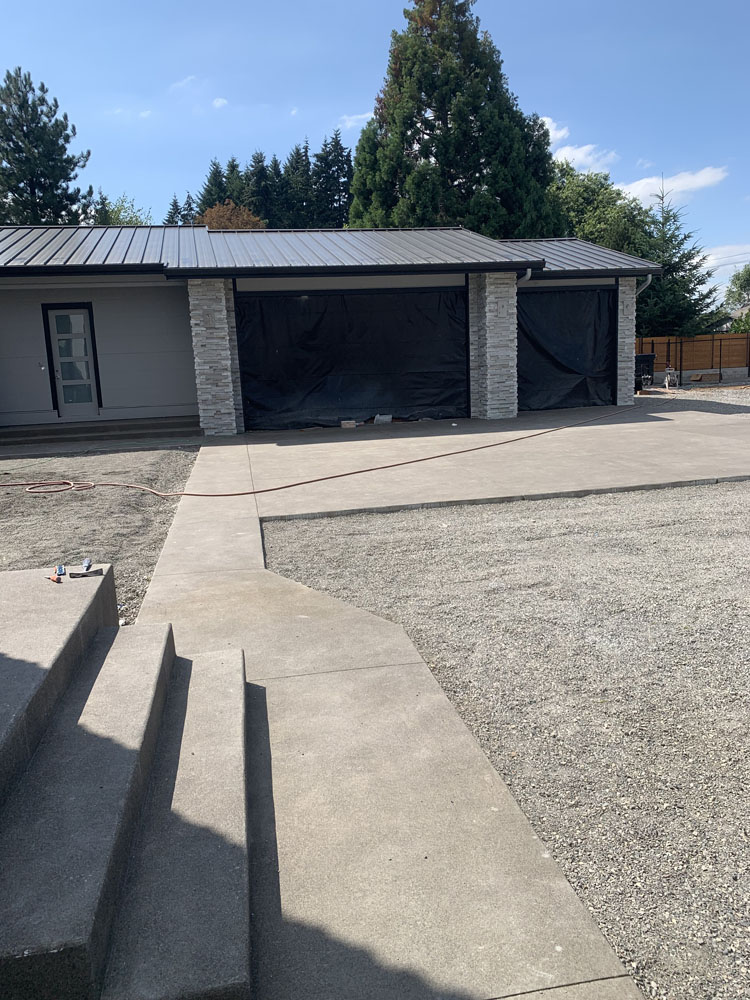When it comes to maintaining your home, few elements are as crucial — yet often overlooked — as the chimney. Many homeowners might not realize just how vital regular maintenance is until they face costly repairs. So, when does assessing damage truly become a major cost for your chimney? Let's dive into the details.
Understanding Your Chimney Structure
What Constitutes a Chimney?
A chimney, at its core, serves an essential purpose: venting smoke and gases from your fireplace or heating system outside. The structure typically consists of several components:
- Flue: The inner lining that directs smoke upwards. Chimney Crown: The top part that prevents rainwater from entering. Masonry: Brick or stone construction that gives stability. Chimney Cap: A cover that keeps debris and animals out.
The Importance of Regular Inspection
Regular inspections can help identify potential issues early. Experts recommend checking your chimney at least once per year. During these inspections, professionals will look for:
- Cracks in the masonry Blocked flues Water damage
Ignoring these signs can lead to more significant problems down the line.
Assessing Damage: When Does it Become a Major Cost for Your Chimney?
Identifying when damage transforms from minor wear-and-tear into serious financial concern can be tricky. Typically, minor issues like small cracks may only require simple masonry chimney repair. However, if left unchecked, they can escalate into major structural failures.
Signs of Serious Damage
How do you know when your chimney requires immediate attention? Here are some telltale signs:
Visible Cracks: Large cracks in the masonry can indicate foundational issues. Leaking Water: If you notice water stains around your fireplace or on walls, this is a red flag. Chimney Leaning: A leaning chimney often signals severe structural problems. Foul Odors: Unpleasant smells could suggest blockages or other issues within the flue.The Cost Implications of Ignoring Damage
Immediate Costs vs Long-term Costs
It's easy to brush off minor repairs as inconsequential; however, neglecting them can lead to higher costs in the long run. For example:
| Issue | Immediate Repair Cost | Long-term Consequences | |-----------------------|----------------------|--------------------------| | Small Masonry Crack | $150 - $300 | Structural Collapse | | brick fireplace masonry Blocked Flue | $100 - $250 | Fire Hazard | | Water Leak | $200 - $500 | Mold Remediation & Repairs |
The table above illustrates how seemingly minor issues can snowball into significant expenses if not addressed promptly.
Common Causes of Chimney Damage
Understanding what leads to damage is half the battle in preventing it. Here are some common culprits:
Weather Conditions
Extreme weather can wreak havoc on chimneys — particularly those made from brick and mortar. Rain, snow, and ice can penetrate cracks and freeze inside them, leading to further degradation.
Poor Maintenance Practices
Failing to clean out creosote build-up or neglecting to inspect regularly can cause serious damage over time.
Preventative Measures for Homeowners
Taking proactive steps significantly reduces the chances of incurring high repair costs later on.
Regular Cleaning Schedule
Set up a routine cleaning schedule every six months during peak usage times (fall and winter).
Professional Inspections
Hire certified professionals who specialize in masonry chimney repair to conduct thorough inspections annually.

Masonry Chimney Repair Techniques
If you discover damage during an inspection, knowing what repair techniques are available is essential.
Crack Filling and Sealing
For small cracks, filling with specialized sealants or epoxy may suffice.
Repointing Mortar Joints
If mortar joints between bricks have eroded, repointing involves removing old mortar and replacing it with new material for improved stability.
DIY Repairs vs Professional Help
While many homeowners might consider tackling repairs themselves to save money, there are risks involved.
When DIY Might Be Viable
Small cosmetic fixes such as painting or sealing minor cracks may be manageable for some homeowners without professional help.
When to Call in Professionals
However, any significant structural issues should be handled by experts who have experience with masonry chimney repair techniques.
FAQs About Chimney Damage Assessment and Costs
Here are some frequently asked questions regarding chimney assessments:
How often should I inspect my chimney?
Ideally, once a year before winter starts using it heavily.
What’s included in a professional inspection?
A thorough examination of all components including flue lining and structural integrity.
Can I clean my own chimney?
Yes, but it's best left to professionals unless you're experienced; improper cleaning could worsen issues.
What are common signs of chimney leaks?
Water stains on ceilings/walls or pooling water near the base.
How much does typical masonry chimney repair cost?
It varies widely depending on severity but ranges typically from $150-$2,000.
Is there insurance coverage for chimney repairs?
It depends on your policy; check with your insurance provider for specifics.
Conclusion
In summary, keeping an eye on your chimney's health is crucial for both safety and financial reasons. Regular assessments will help you catch any damages before they escalate into major costs associated with substantial repairs. Whether through DIY methods or hiring professionals specializing in masonry chimney repair, taking proactive measures ensures that your home remains safe and functional throughout its lifespan.
By understanding what constitutes significant damage versus minor maintenance needs, you'll be better equipped to protect one of your home's most vital structures — thus saving yourself time and money down the road!